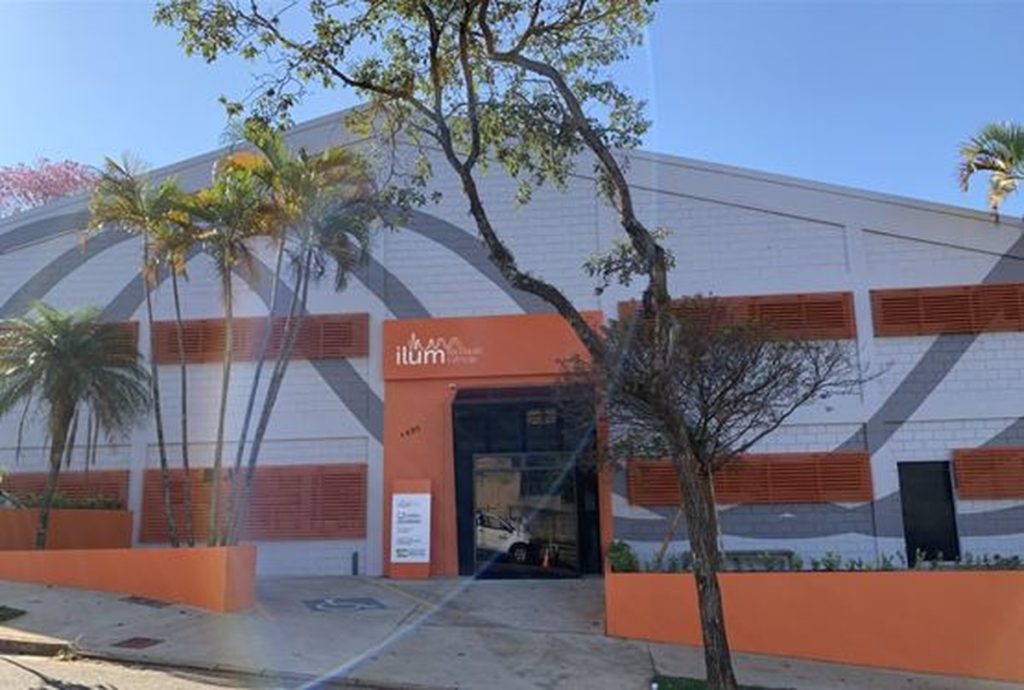The Ilum School of Science, an initiative of the National Center for Research in Energy and Materials (CNPEM), in Campinas (SP), where Sirius, a synchrotron ultralight laboratory was developed, received 943 applications for 40 vacancies in the first class of a full-time degree in science technology and innovation. Of the total, 72.6% attended secondary schools in public schools; See below profile.
The course is free, lasts three years full-time, and at least half of the vacant positions are for students from public institutions – the school will pay for housing, food and transportation for those approved, as well as a personal computer for use during training.
In the first stage of the process, an expression of interest is requested from the candidate and, accordingly, and analysis of performance in the National Secondary School Examination (Enem), 200 candidates will be selected for the final stage, from individuals and an online interview, between February 21 and 24. The list of nominees will be announced on February 25, according to the CNPEM press office.
“The student profile we are looking for is the image of an inquisitive young man, with a genuine interest in science, who seeks answers to real questions facing the world of the 21st century. It is a project based on hands-on work and the workings of the mind. The goal is to train scientists, with deep learning ,” was highlighted in a note by Ilum Director, Adalberto Fazzio.
- 685 public schools – 506 from regular courses and 179 from technical colleges;
- 258 from the private network – 227 from regular courses and 31 from private technical schools;
- 554 (58.7%) male
- 380 (40.3%) of females
- 5 (0.5%) preferred not to report
- 4 (0.4%) stated that they were other races
- São Paulo (53.4%)
- Minas Gerais (6.6%)
- Rio de Janeiro (5.2%)
- Federal District (4.7%)
- Bahia (4,6%)
- Pernambuco and Amazonas (2.4% each)
- Para (2.2%)
- Guias (1.8%)
- Tocantins and Parana (1.7% each)
- Ciara (1.6%)
The Ilum is located in a building in the Santa Cândida neighborhood, in Campinas, where in the 1980s researchers began developing the first Brazilian electron accelerator, UVX, which was recently replaced by Sirius. The building was renovated to house the Faculty of Science.
According to CNPEM, the syllabus will cover the following areas: Mathematical languages. Life sciences, material sciences, humanities and entrepreneurship.
In the first two years, there will be theoretical and practical classes in the Ilum headquarters building with progressive immersion in CNPEM, while the third year will be devoted exclusively to project development.
Sirius, the fourth-generation synchrotron light laboratory, advances science in the fight against the novel coronavirus – Photo: Nelson Kohn
Sirius is the federal government’s flagship science project, a fourth-generation synchrotron optical laboratory, which acts as a kind of “ultra-powerful X-ray” that analyzes different types of matter at the scales of atoms and molecules.
- Understand Sirius, the new Brazilian particle accelerator
Besides Sirius, there is only one fourth-generation optical laboratory operating in the world: the MAX-IV in Sweden.
To observe the structures, scientists accelerate electrons to nearly the speed of light, causing them to travel through the 500-meter-long tunnel 600,000 times per second. The electrons are then transferred to one of the research stations, or ray lines, for experiments.
This deflection is made with the help of ultra-strong magnets, which are responsible for generating synchrotron light. Although very bright, it is not visible to the naked eye. According to scientists, the beam is 30 times thinner than the diameter of a hair.
Understand how Sirius, the Synchrotron Light Laboratory works – Photo: Infographic: Juliane Monteiro, Igor Estrella and Rodrigo Cunha/G1



![[VÍDEO] Elton John’s final show in the UK has the crowd moving](https://www.lodivalleynews.com/wp-content/uploads/2023/06/Elton-John-1-690x600.jpg)


More Stories
The Director of Ibict receives the Coordinator of CESU-PI – Brazilian Institute for Information in Science and Technology
A doctor who spreads fake news about breast cancer is registered with the CRM of Minas
The program offers scholarships to women in the field of science and technology